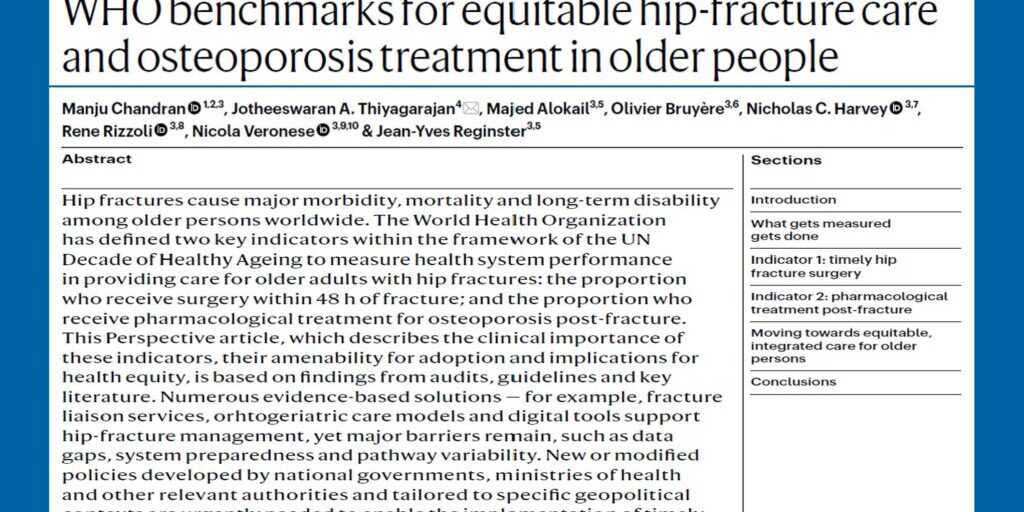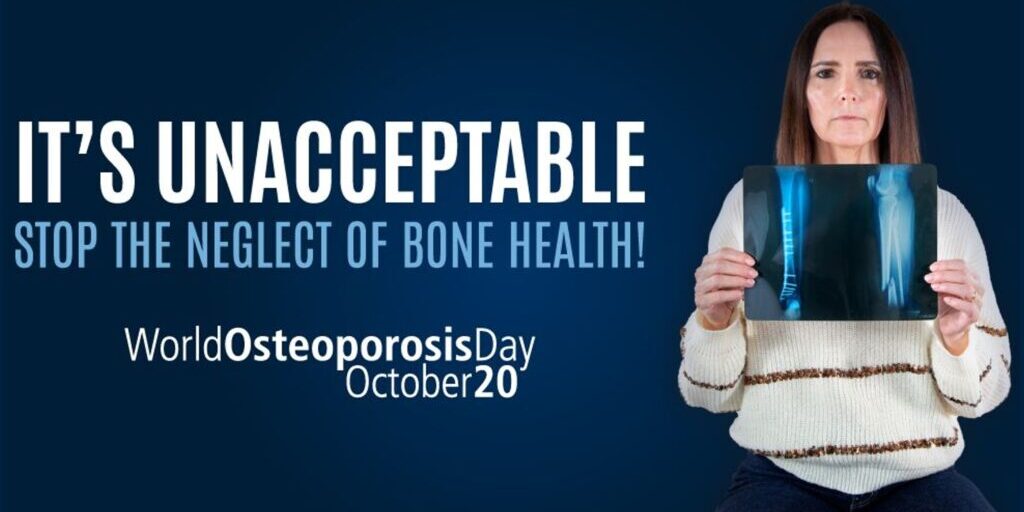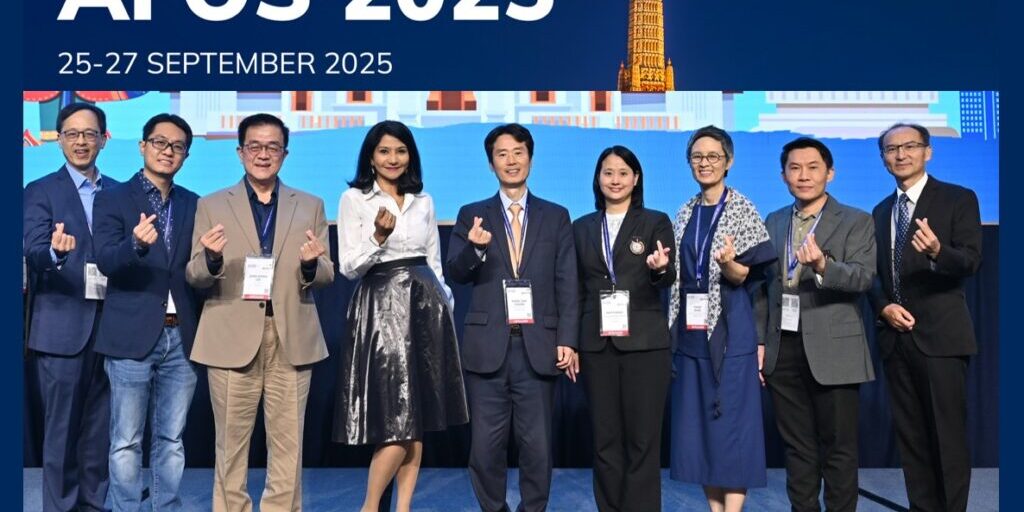The recently published paper “East meets West: Current practices and policies in the management of musculoskeletal aging” reflects a new initiative originated by the Chinese Medical Association, the Chinese Society of Osteoporosis and Bone Mineral Research, and the European Society for Clinical and Economic Aspects of Osteoporosis, Osteoarthritis and Musculoskeletal Diseases. These respected scientific societies jointly organized a one-day Symposium, in Suzhou, China, in October 2018, to discuss current practices and policies in the management of musculoskeletal aging. The meeting was organized under the auspices of the National Health Commission of the People’s Republic of China, the WHO Collaborating Centre for Public Health Aspects of Musculoskeletal Health and Aging, the Belgian Federal Ministry of Health and Social Affairs and the Belgian Senate. The objective of this meeting was to identify similarities and differences between approaches in Europe and China for the identification, diagnosis, treatment and management of osteoporosis, osteoarthritis, and sarcopenia.
In the article, published in 2019, in the journal, Aging Clinical and Experimental Research, the authors share knowledge and best practices with the objective to improve clinical care and to reduce the burden of musculoskeletal diseases.
Many similarities in the way the different regions identify and treat musculoskeletal disorders were identified. However, differences may still exist due to cultural and regional variations in the organization of patient care.
Both China and Europe recommend a case-finding strategy in osteoporosis, to stratify people into high/middle/low-risk groups and monitor and treat accordingly. The diagnosis of osteoporosis relies on BMD measurement, for which access to DXA equipment may vary between countries and regions. FRAX® assessment thresholds also vary between countries. The use of Bone Turnover Markers (BTMs) for prediction of fracture risk requires further validation but they may be used to monitor treatment. It should be emphasized that normal ranges for BTMs in different populations need to be established. Osteoporosis treatment guidelines in Europe and China also share several common determinants, including the need to provide an appropriate daily calcium intake, sufficient dietary protein and to avoid vitamin D deficiency. Oral Bisphosphonates, particularly formulations leading to an increased adherence, are recommended by the two communities whereas differences exist in the role given to Vitamin D formulations. In China, some prominence is given to active Vitamin D preparations, while in Europe, plain Vitamin D3 is preferred. Whereas the role of bone forming agents is well established in Europe, where they are considered as the first-line treatment for patients at high or very high risk of fracture, their availability and the identification of patients who should benefit from such treatments remain under discussion in China.
Similar discussions were conducted regarding the diagnosis and management of osteoarthritis and sarcopenia. It is hoped that repeating this exercise on a regular basis and sharing of knowledge and best practice will advance global strategies to reduce the burden of musculoskeletal diseases and promote healthy aging tailored to meet individual patient needs.
Professor Jean-Yves Reginster, President, ESCEO and Chair, Committee of National Societies, IOF. On behalf of APCO.






